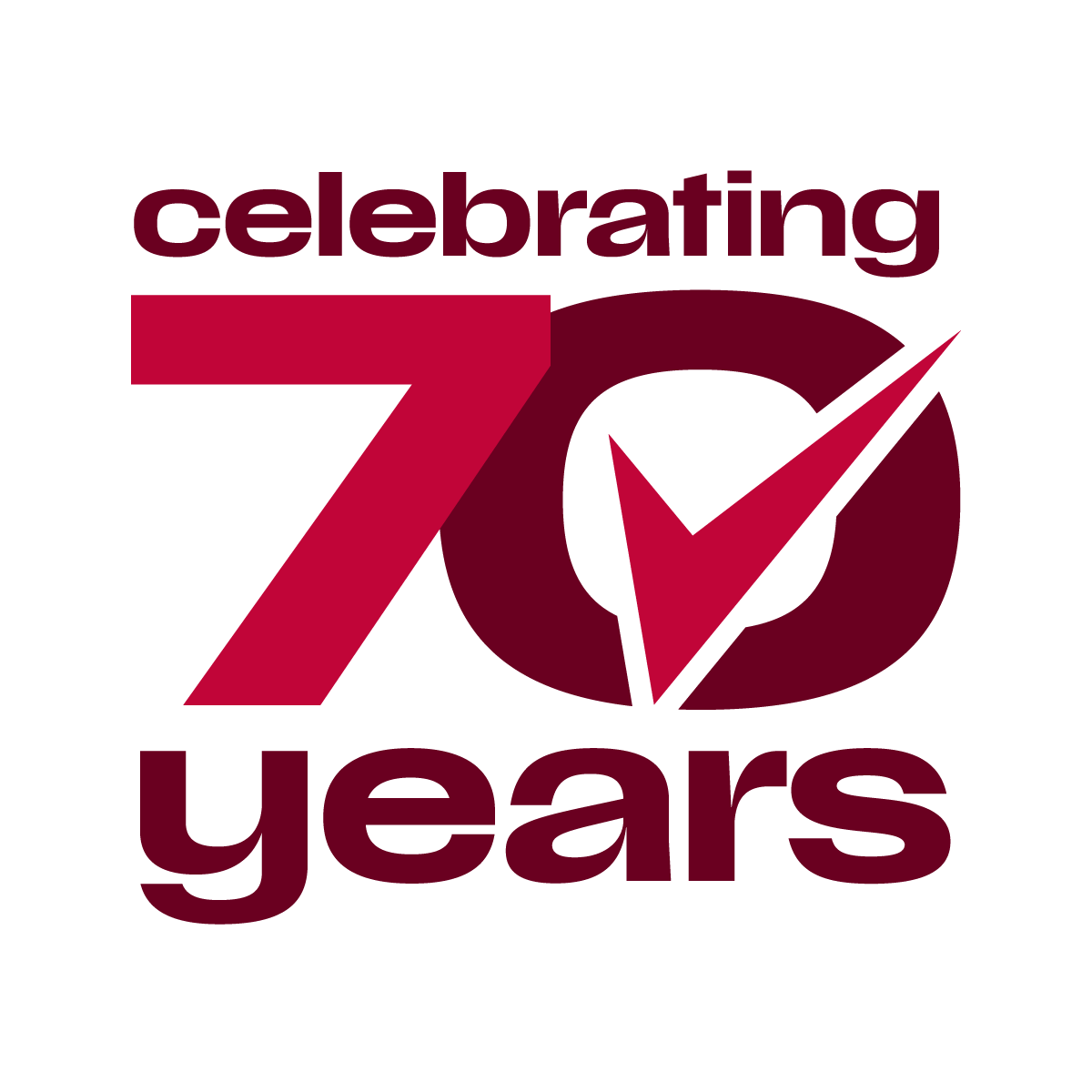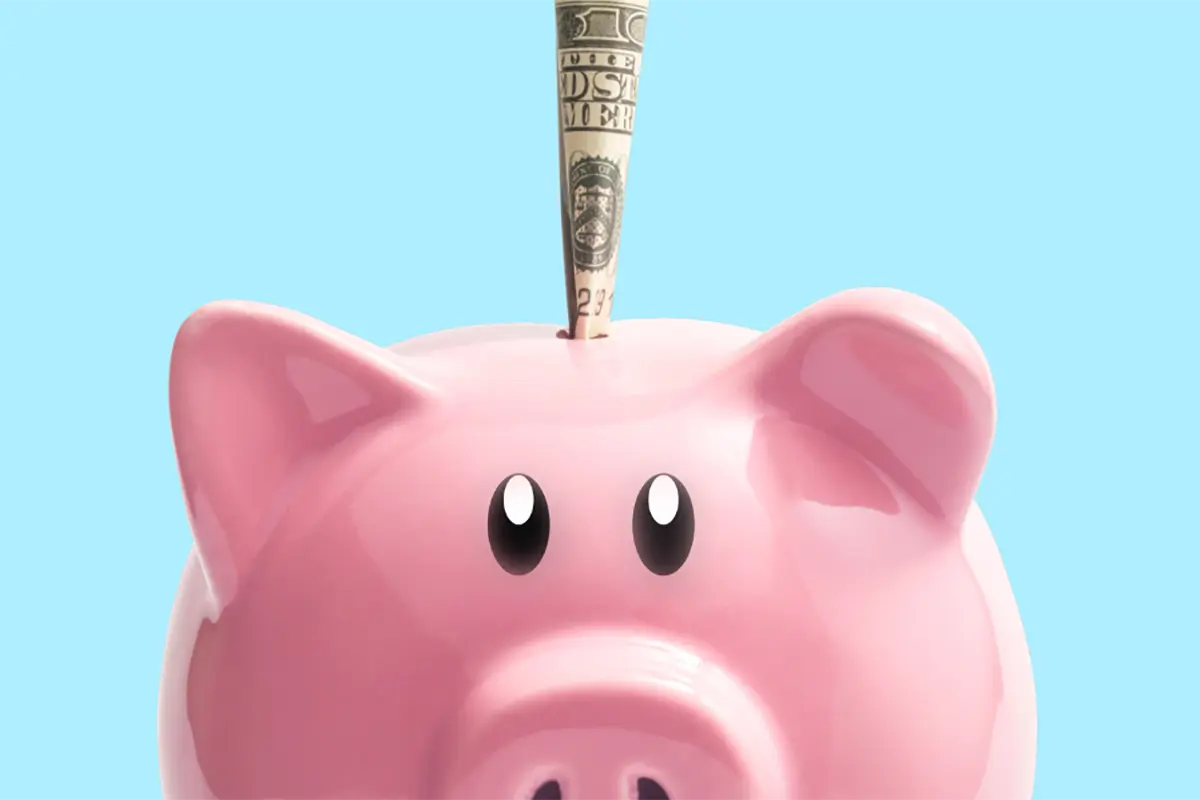The new year is a great time to check in with your budget and financial goals.
Not sure where to start? TruChoice is here to help! Read this blog to learn more about how to establish a budget and stay on top of your finances.
First, it’s important to understand what goes in a budget. And that’s pretty much everything you have to pay for and want to pay for. This includes (but is not limited to):
- Housing costs including rent or mortgage as well as utilities (electric, Wi-Fi, phone service).
- Transportation expenses (car payments & insurance, gas, public transportation, etc)
- Loan payments, credit cards, or other debt
- Food (groceries, dining out)
- Health expenses (medicine, insurance, appointment costs, vet visits)
- Personal (childcare costs, pet costs, clothing, school costs, other family expenses, fun treats, hobby items)
- Entertainment (streaming subscriptions, activities such as travel)
- Don’t forget your savings! If you have goals to save for education, vacation, emergencies, retirement, etc, make sure to include that in your monthly budget.
50/30/20 Budget
A common and simple budgeting plan is the 50/30/20 budget. This means you spend 50% of your income on necessities, 30% on wants, and 20% on savings and debt repayment. Your essentials are anything you absolutely must pay for each month such as housing, utilities, groceries, transportation, minimum loan payments, childcare expenses, and more. Sometimes, your essential costs might be more than 50% of your income and you may need to use some funds from your wants portion.
It can be challenging to separate the needs and wants within your budget. An important distinction is that needs are necessary for you to live and work. Whereas, common wants might be dining out, gifts, travel, and different forms of entertainment. For example, subscribing to many different streaming services might be a want. By going through your purchases and establishing how much you’re spending each month on streaming services, you might be able to identify ones you don’t use or services you can pause when you’re not using them.
Finally, 20% of your income should go to saving for the future, the unexpected, or to pay off debt. It’s important to think ahead of how long it might take to pay off debt or to save for something you’d like to accomplish. Establishing the priority and timelines of your goals can help you achieve them. Alternating between putting money in savings and paying extra towards debt is another budget strategy.
It’s important to remember how much you can spend in each category and stick to it. However, a good budget will allow for some wiggle room. Maybe something was forgotten, or the expense was bigger than you anticipated. You will be less inclined to stick with your budget if nothing is left over for some fun purchases and/or activities.
Managing a Budget
Now that we’ve established what a budget consists of, how do you manage it? One strategy is to physically write it down. Keep a notebook just for budgeting, and at the start of each month, plan out what money you have coming in, and bills you need to pay.
Another option is to use a budget template. This can help you remember all the expenses you have in each month without having to start a template from scratch. The Federal Trade Commission’s budget worksheet is a great place to start if you’ve never budgeted before. This simple worksheet is easy to use.
Both Excel and Google Sheets offer easy to use budget template options as well. These options are great because they offer many different budget template options for different situations. You can take your budget on the go easily via their mobile apps. You can also easily collaborate using these templates with other members of your household to ensure you’re on the same page when it comes to your budget.
Different budgeting techniques work for different people. A good budgeting strategy will help you track your expenses and pay your bills on time. Trying different methods can help you find the most effective budgeting strategy for you and your financial situation. Once you find a method which works for you, stick with it!
Regardless of what template or budgeting method you use, it’s important to go over all your monthly expenses. Make sure to look at dates! When do you get paid and how frequently? How much do you get each paycheck? When is each bill due and how much is due? Make sure you don’t forget automatic payments! This can help you plan out where each paycheck is going. Keeping track of income and expenses will help you know where and when you are spending your money. This tracking might also help you notice patterns of impulse spending or overspending.
On the other hand, keeping a detailed budget will make it clear if you have extra funds at the end of the month. Before you spend them, think about what you want your budget to help you accomplish. Maybe you’re looking to pay down debt…put that leftover money toward a credit card balance. Extra payments will help to bring down your debt faster, giving you more flexibility in the long run. Or maybe you’re looking to build up your savings…use the extra money to pay future you by putting that money into a savings account so you can reach your goals faster.
The new year is a good time to establish or refresh your financial goals. What do you want or need to accomplish financially? Maybe you’re trying to pay off credit card debt or start savings for a trip, down-payment, or other life milestone. Establishing your goals will help provide motivation for sticking to your budget.
TruChoice is here to help with this process. We care about your financial goals and want to do everything we can to get you where you want to be!






